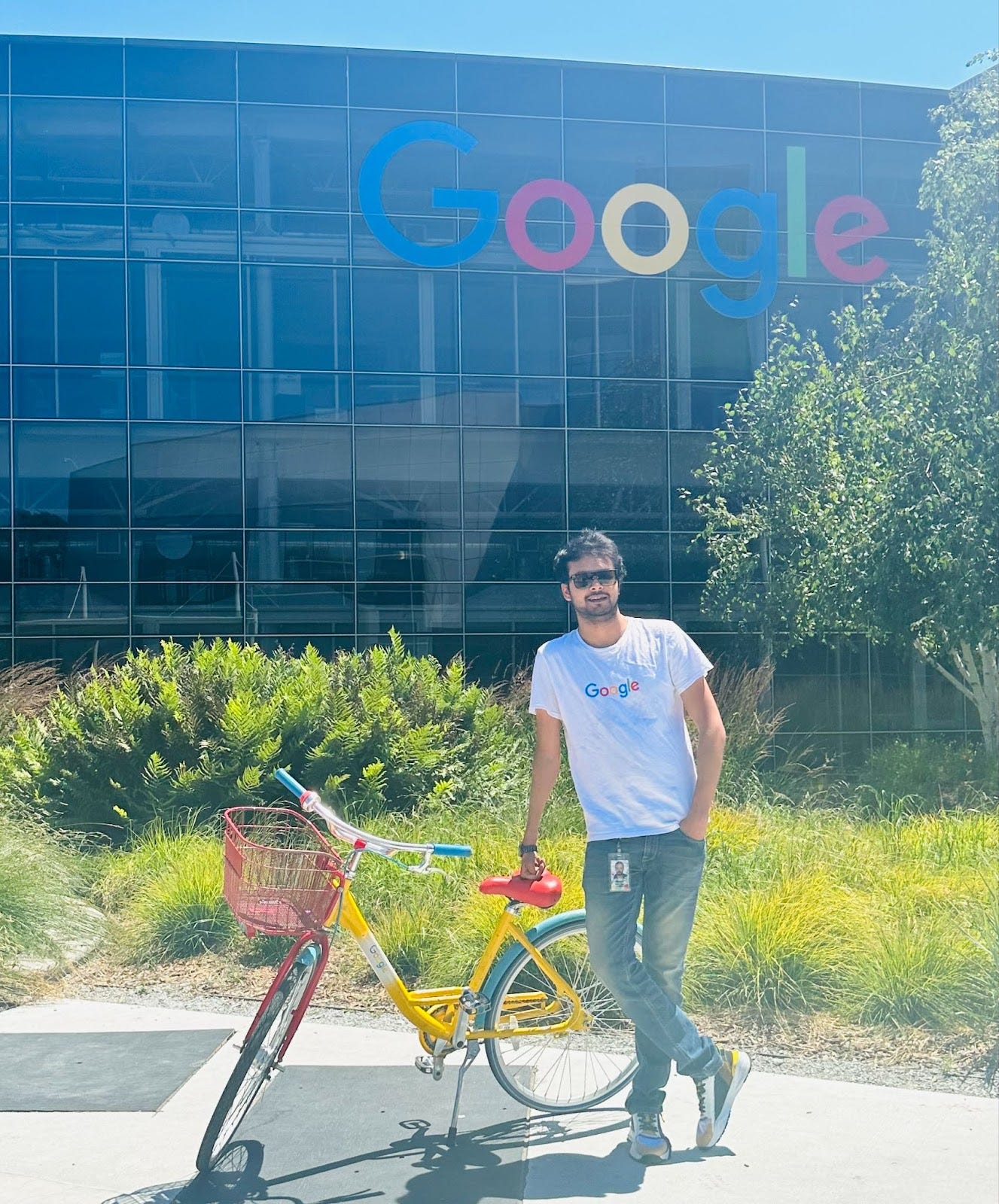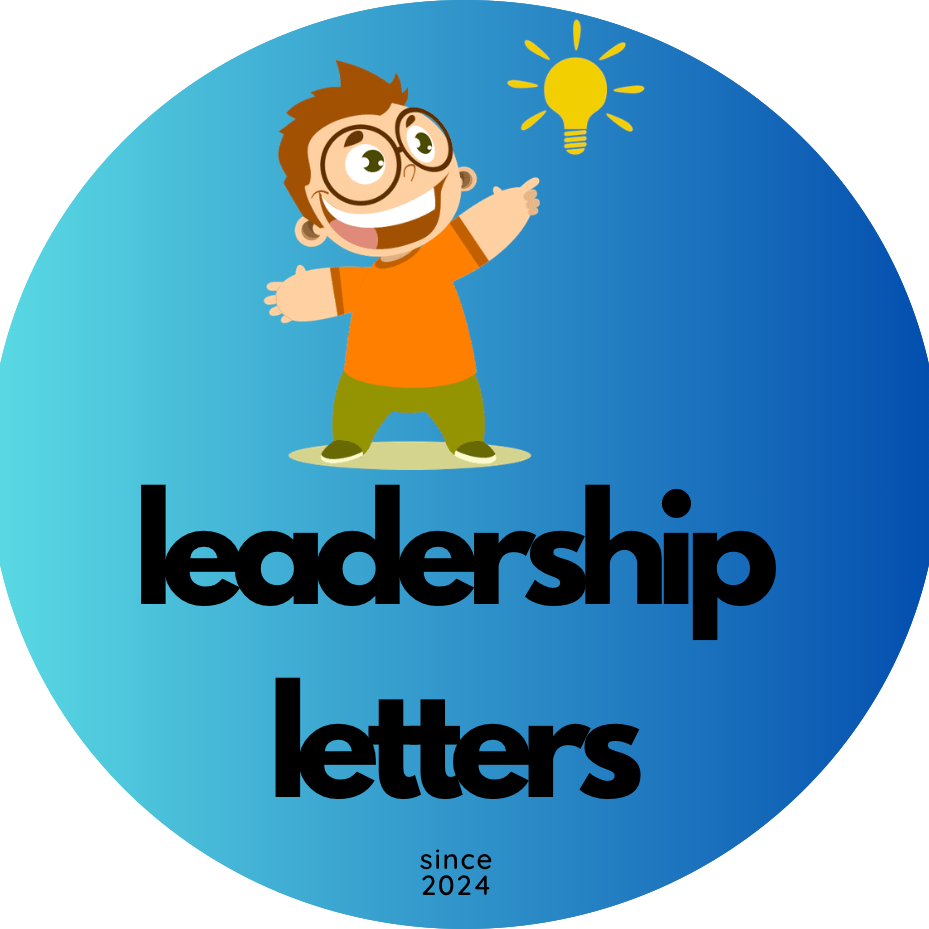How this Googler Got the Highest Rating Twice!
Overcoming struggles that go behind high performance ratings
Hey! This is Raviraj. This week, we are doing something different. We have Akash Mukherjee, a Staff Engineer, who will share how he overcame his struggles and learned from his mistakes to get the highest rating at Google. For those unfamiliar, this rating is awarded to the top 2% of engineers.
For more from Akash, follow him on LinkedIn and subscribe to his newsletter, Leadership Letters.
Over to Akash now!
Hey! This is Akash, a Staff Engineer at Apple. I work in Apple AIML, keeping our promises to protect your privacy and trust. I completed my Master’s at USC and worked at companies of different sizes before joining Apple. My most recent role was at Google, where I was the TL for the Chrome Infra team.
I have also worked as a founding engineer at an early start-up. Both worlds had a lot to teach, but Google was where I experienced the most growth. Going into Google, I was determined to leave an impact. In my 3.5-year tenure, I got the highest rating twice.
Today, I will share my growth journey and strategies that helped me grow as an engineer fast. I hope my experience can help you navigate the changing demands and accelerate your career growth.
The story is divided into four parts as follows:
💻 Onboard at Google: Finding my way at Big Tech
🌟 Struggles to “Superb”: Taking ownership and being visible
🌱 IC to Lead: Growing as a leader
🚂 Journey to “Transformative Impact”: Balancing support and feedback
💻 Onboard at Google (Feb 2020)
Before Google, I worked at 3 companies:
Perfit, an early-stage startup that we started in the USC incubator
Credit Karma, a unicorn startup where fast delivery was crucial
Proofpoint, a mid-size enterprise with agile development practices
Google was my first Big Tech job.
Onboarding was very different and filled with feelings of being undeserving. The vastness of everything was intimidating. Despite having a well-documented starter project, I felt clueless. Everyone around me had it all figured out, and my imposter syndrome peaked.
Making the transition from a start-up into Big Tech, I found:
The vastness of systems, codebases, and existing processes felt like drinking from a firehose
For example, the code base our team worked on was over a million lines of code
Less work from the ground up, solutions existed for most problems, and we were pushing it from 99.9% to 99.99%
This is where problems become much harder to solve, and understanding the existing systems becomes crucial.
Predefined guidelines and opinionated standards that everyone must follow
Requirements for code coverage and internal language-specific style guides were the reasons why my first code change took ten rounds of back-and-forth
In the next few weeks, I dove deep to build a mental map of the systems we owned. My mentor also helped me understand these complex systems better. We’d spend almost 5 hours every week on:
Code walkthroughs: This helped me understand the codebase and patterns. I learned:
Where to look for particular codebase
How different modules interacted with each other
Where to go when I couldn’t figure out what’s going on
System breakdowns: Whiteboard sessions with component deep dives helped me understand past decisions.
Random Q/As: Whenever I got stuck, I asked ad-hoc questions.
Takeaways
Onboarding is hard. The transition from a start-up to a large company can seem overwhelming. There are no shortcuts. The key is to invest in building a solid foundation and be willing to learn.
Build your support system, and find an onboarding mentor. My first mentor at Google joined six months before I did. So, his recent onboarding experience was relatable.
🌟 Struggles to My First “Highest” Rating (Apr 2020 - Apr 2021)
My team was brand new - just me and my manager! I spent a month or two on onboarding and making slow progress on the project. I had to write a detailed design document and somehow managed to write one. Expectedly, I was told:
“Your design is hard to read, important details are hidden”
Luckily, my manager empathized with me and provided great resources to learn the skill. I spent the next week scouring through “perfect” designs to learn the structure. After a few rounds, I finally got a thumbs-up, and the new version was well received.
By this time, I had delivered a major milestone. Also, we grew to 5 people, and I was already becoming the “senior”. I was influencing the direction and starting to help others onboard.
After multiple discussions with senior leaders, it was clear that we had only covered ~3-5% of the underlying problem. I stepped up and worked with my manager to draft a roadmap for our team. Our goal was to address the company-wide highest priorities and solve them within Chrome. This drove close partnerships with core engineering groups from other parts of the company.
The project I laid out was planned to be delivered over the next 3-5 years. By the end, the goal was to make Chrome’s build process repeatable, reliable, and secure. This project involved working across multiple organizations, touching 2000+ developers internally and externally.
Leadership bought into the plan that outlined the goals for 3 years. It involved two big priorities (read more at the Chrome blog).
I successfully onboarded other team members on the project. We achieved our first-year milestone in just six months, which helped me build credibility across the organization. Org leaders started trusting me as someone who’d not drop the ball. That’s how I got my first highest rating at Google, Superb (top 1% of ratings).
I also received feedback for writing one of the best design documents. Another peer reviewer mentioned, “Akash has too many things on his plate; I don’t know if it’s sustainable.” My manager interpreted this feedback as a testament to my hard work.
Takeaways
Impact: Focus on impact, and growth will follow. Solve what’s important for your team, organization, and company.
Visibility: Leading strategy discussions and getting buy-ins from senior leadership is a great way to be recognized.
🌱 Transition from IC to Lead (May 2021 - Sep 2021)
I wanted to rush to the Staff (L6) level, but soon learned it’s a different job altogether.
Everything was great until I took a “productivity hit”. Transitioning from high-volume coding to primarily building strategy was hard. Without the lines of change or number of code changes, it became difficult to measure what I did.
I wish someone had told me this sooner. Many first-time TLs experience this issue. The advice was to be patient. I was busy all day but still picked up two community projects, promising my “20%” time outside my team.
Those projects helped me feel productive and compensated for the lack of "code" in my team.
Takeaways
Transitioning to a leadership role is hard for everyone. You might not feel productive in the beginning. In time, you will learn your work is different. Your impact is delivered through others.
Be patient. I wish I listened to my mentors when they said this. I found my way into leadership by contributing elsewhere. You don’t have to. You’ll recognize increased impact if you increase the time horizon in your thinking.
🚂 Journey to My Second “Highest” Rating (Oct 2021 - Mar 2023)
While I learned to measure my leadership contribution to feel productive, I had a lot of work to do to build the right leadership traits. For example, I was always obsessed with delivery and speed. I expected the same from others. I said yes to everything, and that drove the team towards burnout. Additionally, I was struggling to find the balance between micromanaging and being too nice.
While I asked for many status updates, I didn’t question folks when they missed deadlines multiple times. I hated confrontation. But avoiding it resulted in missed targets. It was clear that the team's output depended on my leadership ability. So, I started digging deeper and asking direct questions. For example,
“Are you blocked on anything?”
“Do you feel stuck, can I help or take a look?”
“Shall I escalate this with the partner team to get you unblocked?”
I remember if it weren't for feedback, my design docs would’ve sucked for a long time. So, I needed to do the same with my team. At first, I struggled to deliver direct feedback. To improve, I took a course in Leadership Principles from Harvard Business School. It helped me build a toolkit for how I led.
Self-awareness: It changed how I communicated feedback and made it actionable (read this article for my detailed learnings)
Being authentic: I started sharing my concerns when we didn’t make expected progress. It establishes trust and delivers feedback much easily.
By the end of 2021, I found my new leadership style. In early 2023, our team delivered a comprehensive system to secure build pipelines. Outside Borg, this was the first large-scale secure build system at Google. It was a company-wide priority, and our team was able to deliver it first.
That’s what got me my second “highest” rating at Google. This time, it was “Transformative Impact (T),” which replaced “Superb” in the new scale. Then, I quit my job at Google in the second half of 2023, but that’s for another time. 🙂
Takeaways
Don’t hide constructive feedback. You’re doing more harm than good. Balancing feedback with support is vital for every leader.
Remember, what you say as a leader has impacted others’ lives beyond imagination. Open communication and transparency are important, but be aware of how you are perceived.
What Matters?
This story by no means paints the whole picture. I tried to highlight the most significant points but made many other mistakes. My ratings make it easy to mistake me for a perfect engineer. If you learn from your mistakes, it doesn’t reflect in your performance.
As a parting note, I’d like to share three pieces of wisdom,
Never get comfortable: In my journey, I moved through levels fast. I never felt I had all the skills, which pushed me to always get better.
Be trustworthy: I always went the extra mile to ensure I didn’t drop things. It helped me build credibility with leadership. I was able to become the face of the team or work stream. It was instrumental in growing my visibility.
It’s never too early to invest in Soft Skills: Earlier in my career, I thought, “If I can be technically strong, I’d get recognition”. I couldn’t be more wrong. My growth journey took off after I invested in communication.
It’s Raviraj again! I hope you enjoyed reading Akash’s journey and found it relatable. I did.
If you have any questions for him, then leave them in the comments below. If you think others will benefit from it, then share!
To read more from Akash, subscribe to his newsletter.









Just WOW!! Today, I practically came to know what making an impact really means!!
HATS OFF!!
Really interesting stuff, Raviraj. Thanks for sharing Akash.